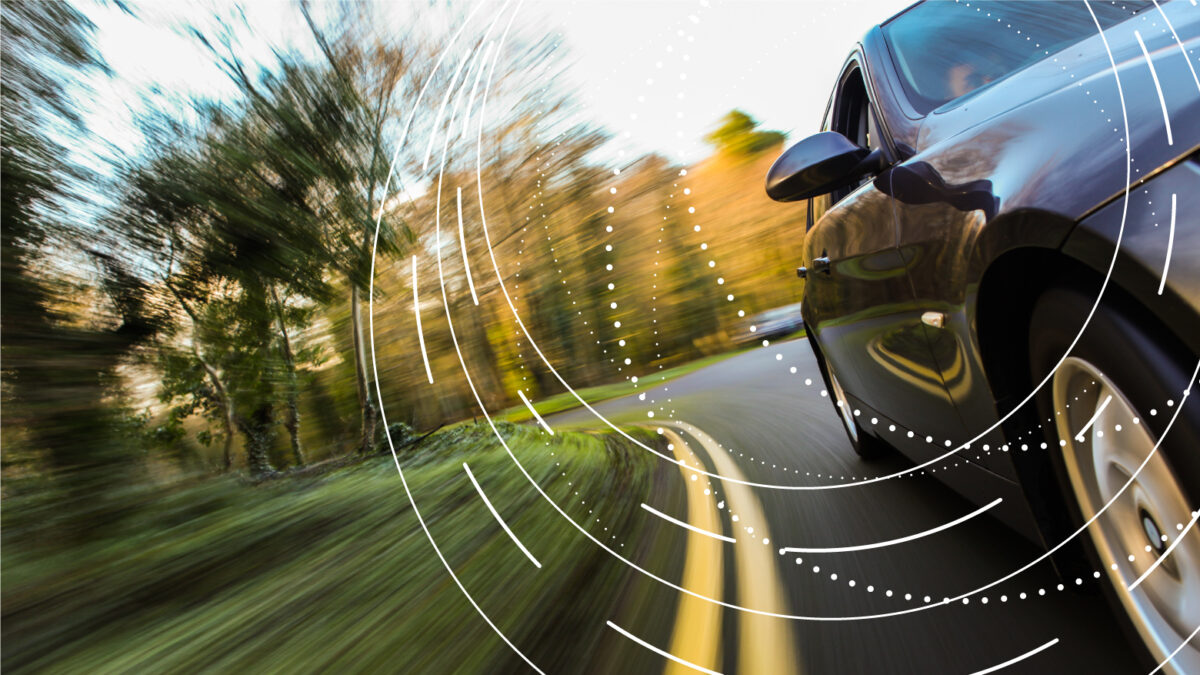The makeup of the automotive industry has chopped and changed significantly over the last decade or so, with new players, technologies and business models entering the fray.
Forecasting where to allocate resources is a tricky job at the best of times, and for global companies with shareholders to appease, money needs to be spent in the right places. Not only that, but the shared vision of safer, more efficient vehicles will only materialise if the right investments are made and the best technologies make it to market.
For London-headquartered intellectual property (IP) specialist PatSnap, keeping abreast with news feeds and market analysis is not enough. In order to get a true handle on where things are going, it believes the answers lie within the archives of IP data.
Follow the paper trail
Anyone can file for a patent, but that does not necessarily mean it will be approved. Patents are used to not only protect the rights of original products, but other inventions such as algorithms, business models or—through trademarking—specific brands. Because patents are reserved for the unique, each filing could potentially prove groundbreaking in its market with the right support.

For the automotive industry, IP libraries could prove to be gold mines, be it for keeping tabs on such disruption, strengthening existing areas of business or finding new opportunities in which to expand. Through various forms of analysis, PatSnap can help R&D teams and decision makers at automakers and Tier 1s to understand where to invest, where to stay away from, and where the competition is headed. “Patents are one part of the puzzle,” explains Laurence Painell, Product Director at PatSnap. “Being able to combine that patent information with wider literature and market intelligence on M&A, technology and venture capital, provides a much richer data source.”
Understanding the flow of IP—a paper trail of design aspirations and technological developments—can help the incumbent players stay ahead of the game, or at least keep abreast with rapidly changing markets. It can also give start-ups a leg up.
No one really wants to read a 20-page document just to find a nugget of information buried within it. Our tools can mine the world’s patent information and draw the critical knowledge from it
Rather than trawling through documents in the hope of stumbling upon gold, PatSnap uses machine learning to extract the right information at speed and scale. An R&D team in Singapore writes algorithms for technologies such as ocular character recognition (OCR), for example, which can extract text from within an image. Natural language processing can also extract information from a block of text and run it through different search criteria.
“We use many different machine learning techniques; will that tell you exactly how your business will look in 20 years’ time? No, it won’t, but there is over 200 years of human innovation tied up in the world’s patents. The challenge is that they are legal documents, and no one really wants to read a 20-page document just to find a nugget of information that might be buried within it,” explains Painell. “Our emphasis is on providing tools, analysis and visualisation techniques that enable you to mine the world’s patent information and draw the critical knowledge from it.”
Early movers
The technology space is evolving at a rapid rate, and this can be tracked by observing IP databases. With a finger on the pulse of innovation, new trends can be caught and jumped on early, hence the expression ‘early mover advantage’.
“Dyson launched a supersonic hairdryer in 2016 and it really took the market by storm. No one saw it coming,” notes Painell. “But if you were paying attention to the patent space, you would have seen this coming—they filed the patents for a technology that looked incredibly similar back in 2013.”
There are other examples, and not only for products, but also branding. Uber filed the Uber Eats trademark about 18 months before it launched the platform, notes Painell. “By using some of these other indicators, rather than the news and traditional sources of market intelligence, it provides such a competitive edge in this area of fast-moving transformation.”
Start-up economy
Part of the attraction from an automaker perspective is the potential to get a handle on the start-up space, where new players can disrupt, support or expand business for any major player. That trail of IP can be useful in a number of ways.
Firstly, it could provide an automaker with an idea of white space. White space analysis entails laying out all of the patents in a particular area, and looking for gaps in the market. “If the space has already been picked up, you can work out where to innovate or drive in a different direction. Alternatively, you could identify these companies and—if they are very small and do not have the corporate backing—look to partner with them or license the ability to use their technology,” says Painell. “You may be able to identify an M&A target for your corporate development teams to approach, giving you a head start to lock in that technology set.”

Start-ups can certainly be an attractive proposition for an incumbent player to get ahead of the game. Recent years have been telling in this regard. Rather than building out expertise in an unfamiliar technology, many incumbent players have pursued bolt-on acquisitions and close partnerships. Consider General Motors with Cruise Automation, Ford with Argo AI and e-scooter start-up Spin. Daimler has invested in alternative mapping start-up what3words, Delphi purchased nuTonomy, and Magna partnered with LiDAR developer Innoviz.
One would assume that global corporations such as today’s incumbent automakers and Tier 1s would already have this capability in house, with dedicated teams identifying new products, business models and start-ups to pursue. While this is true to an extent, Painell explains that PatSnap brings something new to the table. “We are creating new ways to go to market and analyse all of this patent information, which is really disrupting the status quo and providing a different way of looking at the problem,” he says.
Keeping tabs
This kind of IP analysis is just one of many new services being leveraged by the automotive industry to understand what the competition is up to. At a very basic level, it is an opportunity to look over a classmate’s shoulder and compare answers.
“The future mobility market has been disrupted like nothing else,” concludes Painell, “and whereas the established players would have traditionally owned the space they were in, a growing number of players are now entering from all different areas. The industry has been transformed in a very short period of time, and it will continue to change over the next five to ten years as these technologies all come together.”



